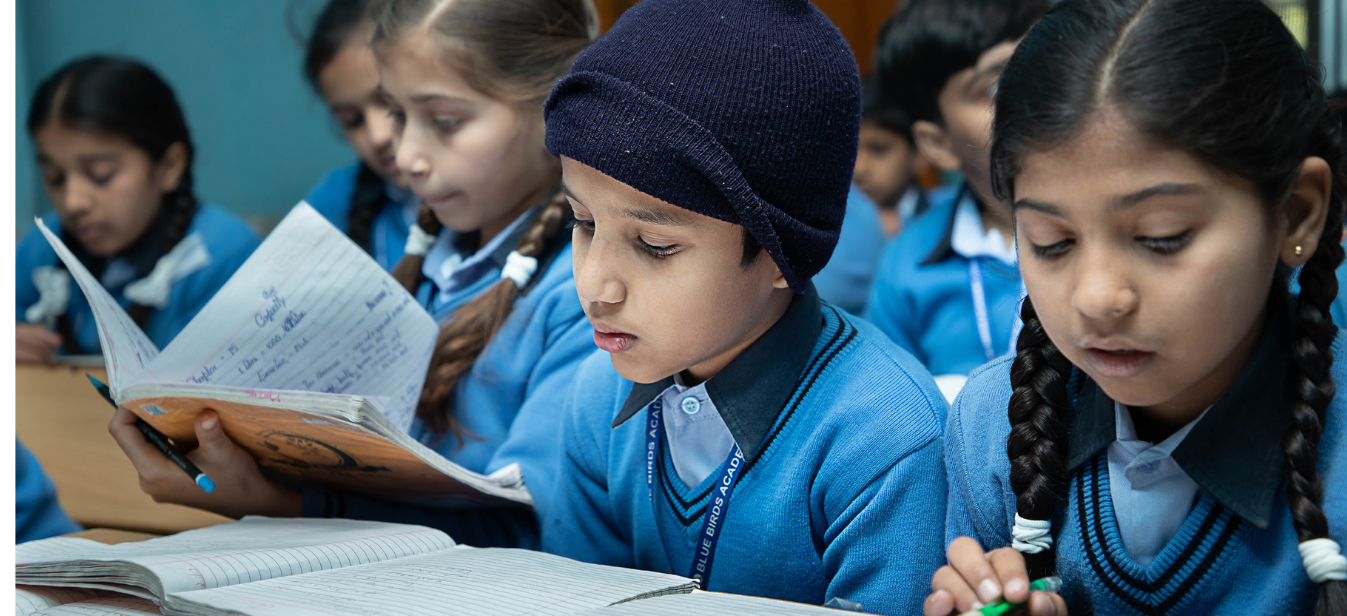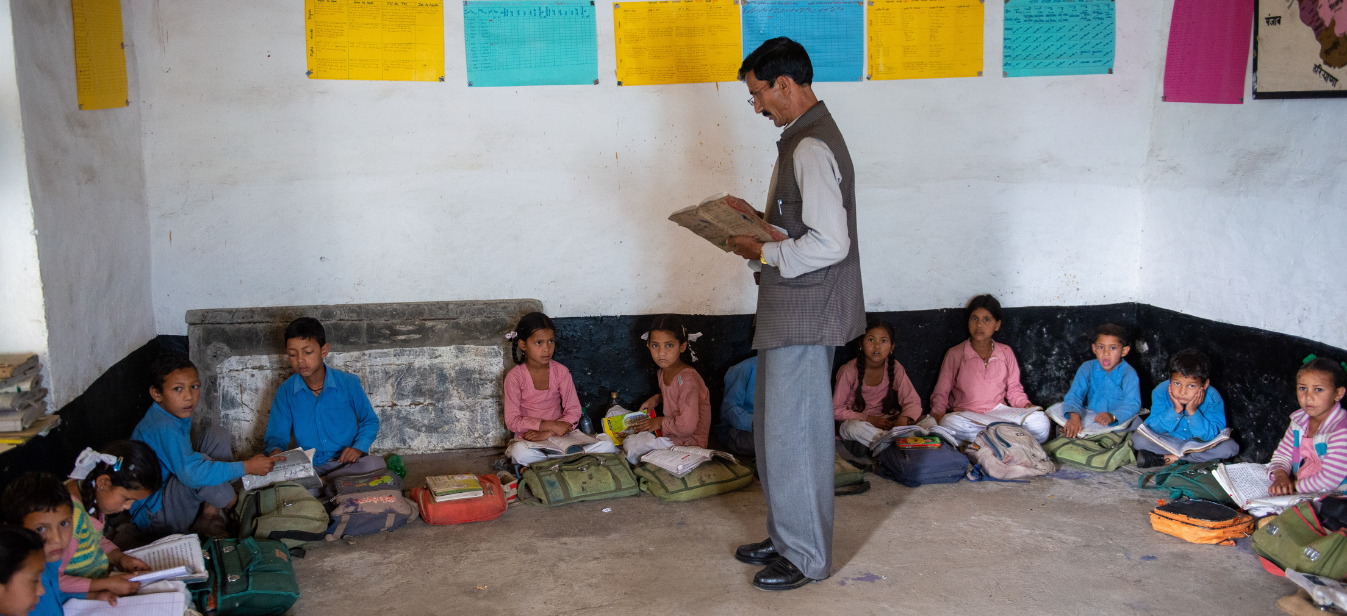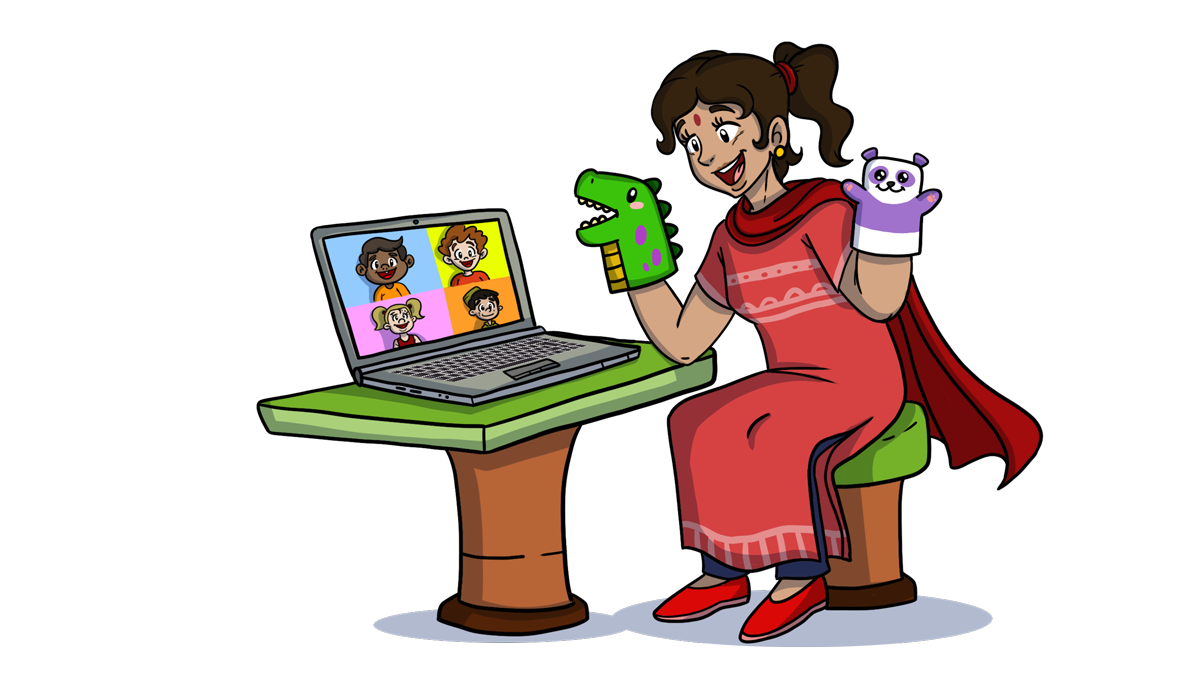With schools closed due to the COVID-19 outbreak, the government advocated for online learning to ensure the continuity of academic work. The integration of online learning platforms and digital technology in education has revolutionized how modern kids learn. Online platforms like Zoom, Google classrooms, and Microsoft Teams made it easy for teachers and students to stay connected, collaborate, and get things done. However, the shift from conventional learning to online education has been challenging for some traditional institutions, especially in rural India, which have found the transition to be challenging. They are still devoid of all the online learning advantages.
Even almost after 1.5 years of lockdown, providing digital classrooms to remote areas is one of the challenges. While it is possible, in many villages and rural areas, there is a vast digital divide in education in India. Although many basic infrastructure requirements have been developed, rural India still struggles to transition to an entirely online or digital education model.
Below are some challenges faced during this transformational period.
⚈ Limited Access to Technological Devices
Available digital content does not reach a sizable population due to the limited availability of technologically advanced devices, such as personal computers and mobile phones. Most families from underprivileged areas do not have access to these devices, limiting the accessibility of the learning materials. In addition, the cost and availability of data plans and devices can restrict teacher and student interaction. Since students cannot participate in live sessions, they cannot learn the material independently, which may be difficult due to the absence of appropriate teaching aids.
⚈ Unfamiliarity with Digital Technology
While urban schools may thrive with modern methods and easy access to technology, rural schools in developing countries often lack the same advancements. Remote regions often lack internet access and simple digital devices. This transition from traditional techniques to digital ones is a slow-moving process that cannot be rushed. If you observe the level of digital literacy in classrooms, teachers and students alike are still lagging. The challenge here is to train them to get comfortable using Smart Classrooms and Digital Learning facilities.
⚈ Shortage of Teachers
The shortage of teachers in rural areas is another challenge in achieving complete digitization of education. To overcome this barrier, teachers need to be equipped with the latest skills and pedagogy to enable them to teach online. Moreover, online classroom solutions are only effective when teachers are present to guide students in an interactive learning environment. This is one of the areas where Square Panda is making efforts to upskill teachers in rural India.
We started by understanding the landscape and then developed a deeper understanding of the problems. With this knowledge, we developed our programs to fit the needs of learners and educators who want to bring about a positive change for the next generation of students. Through these workshops, teachers from different language schools will be able to refine their pedagogy and better impart learning to their students.
The Way Forward – A New Normal
The changing school paradigm requires new strategies for engaging students in their education and the development of interpersonal skills. However, existing non-availability of equipment, lack of trained teachers, and network connectivity issues prevent learning on a wide scale in India’s rural areas. We need to ensure that teachers are able to return to work so that the learning journey continues uninterrupted. Square Panda India’s programs are designed to help teachers transition into the digital age easily, and supports their continuous professional development.
When schools reopen, children cannot return to school immediately. School leaders and government will have to have a staggered plan to assimilate students back into normal classes without stretching resources too thin. One of the most significant drawbacks to returning to school is that students will be unprepared for traditional standardized tests. We should take this time to allow students to reinforce the learning they already know, and mould them into well-rounded people. Additional time should be spent on skill-building, career development, and emotional growth.
In the past couple of years, India has made great strides toward advancing rural education. While some see online learning as an ephemeral trend that offers little value to students, others believe that the hybrid learning models will be the future of education. Advancements in government policy, technological innovations, and asynchronous learning programs can make online learning more equitable and accessible for communities across India’s hinterland.
The advent of digitisation in education is helping create new education possibilities for a generation of Indians all across the nation. Know more about our work, and how Square Panda has been making significant strides towards growing India’s education ecosystem. Click here: Our ECCE Empowerment Programs






